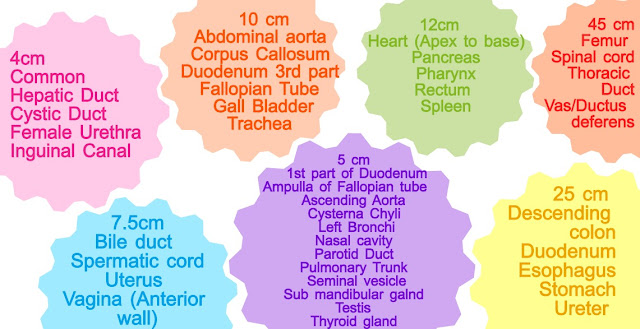Epstein barr virus is a DNA virus of family Human Herpes Virus. It is also known as HHV-4 or Human HerpesVirus 4. It is ubiquitously present and infects around 90% of world population generally resulting in mild to asymptomatic flu like symptoms.
Infections
It causes infectious mononucleosis or glandular fever in the adolescents. It is transmitted by saliva and infects the epithelium of nasopharynx and oropharynx and subsequently enters B cell to infect it. It manifests as pharyngitis, cervical lymphadenopathy, fatigue and fever.It is transmitted with kissing and hence is known as Kissing disease.
Cancers
First known virus to cause cancers to human was EBV affecting epithelial cells, mesenchymal cells and lymphocytes. It affects all immunocompromised and immunocompetent hosts or those with acquired iatrogenic immunosuppression. Gastric Adenocarcinoma, endemic Burkitt Lymphoma, Hodgkins Lymphoma, large B cell lymphoma, Nasopharyngeal Carcinoma has been associated with HHV4.
Autoimmune diseases:
High viral EBV has been found to be associated with SLE and its flares. Similarly, high amount of EBV infected B cells have been found in Synovium and joints of patient affected with Rheumatic Arthritis. Antibodies directed against EBV has been found in patients with Sjogren Syndrome and they have been found to have higher incidences of lymphoid malignancies like MALT, Non hodgkin's Lymphoma.
EBV has been found as an environmental trigger in the development of various Systemic Autoimmune disease.
Lymphoproliferative diseases associated with HIV
EBV when occurs simultaneously with HIV, it predisposes to various lymphoproliferative diseases. It is mostly secondary to immunosuppression and are of B cell origin. About half of HIV defining cancers are associated with EBV like Hodgkins Lymphoma, Burkitt lymphoma, diffuse large B cell Lymphoma, peripheral T cell Lymphoma but more specific and associated with HIV with EBV include Plasma Blastic lymphoma (PBL) of oral cavity, Primary effusion lymphoma (PEL), HIV related CNS lymphomas.
Sources:
https://www.ncbi.nlm.nih.gov/pmc/articles/PMC3766599/
https://www.ncbi.nlm.nih.gov/pmc/articles/PMC4314581/
https://www.ncbi.nlm.nih.gov/pmc/articles/PMC4346501/
http://www.ijcem.com/files/ijcem0012377.pdf





